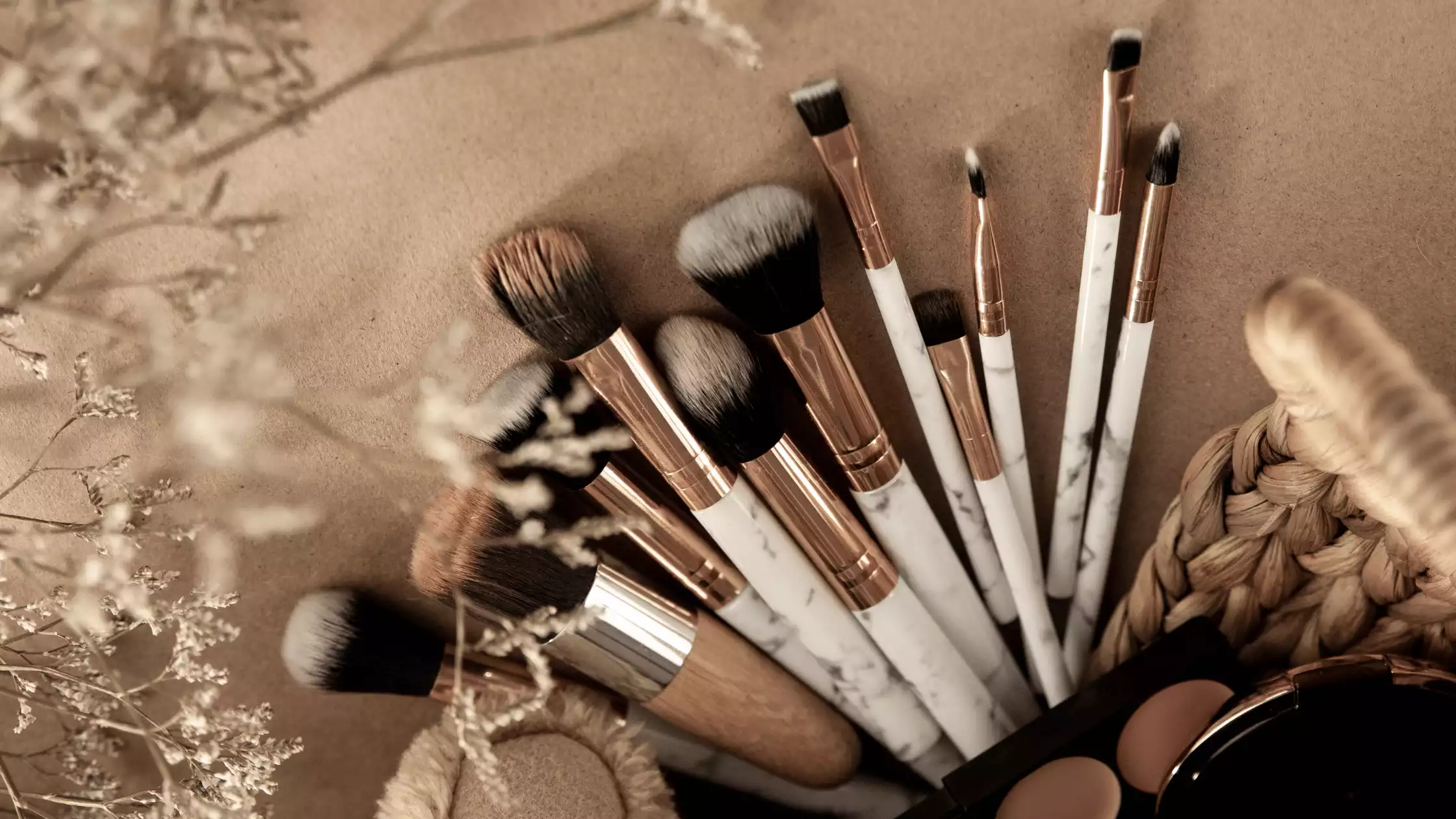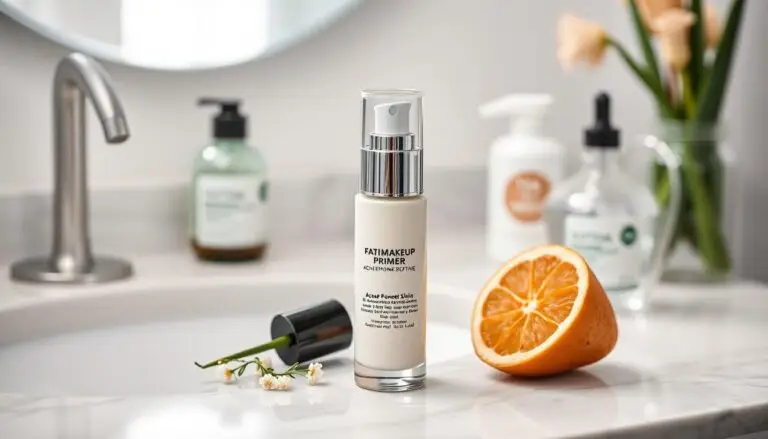The Best Way to Clean Makeup Brushes: A Step-by-Step Guide for Sparkling Tools
Table of Contents
Introduction
Makeup brushes are an essential part of any beauty routine, but how often do you clean them? Dirty brushes can harbor bacteria, oil, and old makeup residue, leading to breakouts, skin irritation, and even infections. Additionally, buildup on brushes can lead to poor makeup application, making your foundation look cakey and your eyeshadow less vibrant.
Regular cleaning not only improves hygiene but also extends the life of your brushes, saving you money in the long run. In this guide, we will walk you through the best way to clean makeup brushes to ensure they remain in top condition and provide flawless application every time.
Benefits of Regular Cleaning
- Healthier Skin – Removing bacteria and dirt prevents breakouts and skin irritation.
- Better Makeup Application – Clean brushes ensure smooth, even blending.
- Extended Brush Lifespan – Proper care prevents shedding and fraying.
- Cost-Effective – Clean brushes last longer, reducing the need for replacements.
Supplies You’ll Need
Essential Tools
- Mild Cleanser – Baby shampoo, gentle soap, or a dedicated brush cleanser.
- Lukewarm Water – Prevents damage to bristles.
- Silicone Cleansing Mat – Helps remove makeup residue efficiently.
- Bowl – For soaking and rinsing.
- Microfiber Towel – For drying brushes.
Optional Extras
- Brush Guards – Helps maintain brush shape while drying.
- Rubbing Alcohol – For sanitizing handles.
- Spray-On Brush Cleaner – Ideal for quick cleanups between deep cleans.
Step-by-Step Cleaning Process
1. Pre-Rinse
Hold the brush under lukewarm running water with the bristles facing downward. Avoid soaking the ferrule (metal part) to prevent weakening the glue that holds the bristles.
2. Deep Cleanse
Apply a small amount of cleanser to your palm or a silicone cleansing mat. Swirl the brush in circular motions to loosen makeup, oil, and dirt.
3. Rinse Thoroughly
Rinse under running water until no soap remains. Squeeze out excess water gently from base to tip.
4. Dry Correctly
- Reshape the bristles to their original form.
- Lay brushes flat on a clean towel or use a drying rack to hang them upside down to prevent water from seeping into the ferrule.
Pro Tips for Different Brush Types
Natural vs. Synthetic Brushes
- Natural Hair Brushes: Use a mild shampoo and a tiny bit of conditioner to keep bristles soft.
- Synthetic Brushes: Work well with deep-cleaning cleansers to remove product buildup efficiently.
Delicate Brushes
- Eyeshadow and blending brushes should be spot-cleaned weekly and deep-cleaned biweekly.
Dense Brushes
- Foundation and concealer brushes hold the most product and require vigorous swirling on a silicone mat for thorough cleaning.
Cleaning Frequency & Maintenance
- Daily: Use a sanitizing spray on frequently used brushes, such as eyeshadow and lip brushes.
- Weekly: Deep clean brushes used for liquid products, like foundation and concealer.
- Monthly: Refresh powder brushes and less frequently used tools.
Mistakes to Avoid
- Using Hot Water – Can damage bristles and loosen glue.
- Harsh Cleansers – Strips natural oils from bristles, making them brittle.
- Soaking Brushes – Weakens handles and damages bristles.
- Improper Drying – Can cause mold growth and misshapen brushes.
Conclusion
Regularly cleaning your makeup brushes is essential for both hygiene and makeup performance. By following this step-by-step guide, you can ensure your brushes remain in excellent condition for flawless application every time. Set a routine to clean your brushes based on usage, and remember: clean brushes = better makeup + healthier skin!
Frequently Asked Questions (FAQ)
1. How often should I clean my makeup brushes?
Brushes used with liquid or cream products should be cleaned weekly, while powder brushes can be cleaned monthly. Daily sanitizing sprays can help maintain cleanliness.
2. What is the best soap to clean makeup brushes?
A gentle cleanser such as baby shampoo, dish soap, or a dedicated brush cleanser works best.
3. Can I use vinegar to clean my makeup brushes?
While vinegar can disinfect, it is not ideal for brush bristles as it can dry them out. It’s better to use a mild shampoo.
4. How do I dry my brushes properly?
Lay them flat on a towel or use a drying rack to hang them upside down to prevent water from seeping into the ferrule.
5. Can I use a hairdryer to speed up drying?
Avoid using heat, as it can damage bristles. Instead, air-dry brushes overnight.
6. What’s the quickest way to clean makeup brushes?
Use a quick-dry spray cleaner between deep cleans to remove surface makeup instantly.
7. Why do my brushes shed after washing?
Shedding can occur due to poor-quality brushes or soaking the ferrule in water. Always clean and dry brushes properly to maintain quality.
8. Can I clean my brushes with micellar water?
Yes! Micellar water is gentle and effective for quick cleansing, especially for delicate brushes.
9. Should I clean new brushes before using them?
Yes, new brushes may contain residue from manufacturing, so it’s a good idea to wash them before first use.
10. How do I prevent my brushes from getting stiff?
Use a conditioner or natural oil on natural hair brushes occasionally to keep them soft and flexible.



